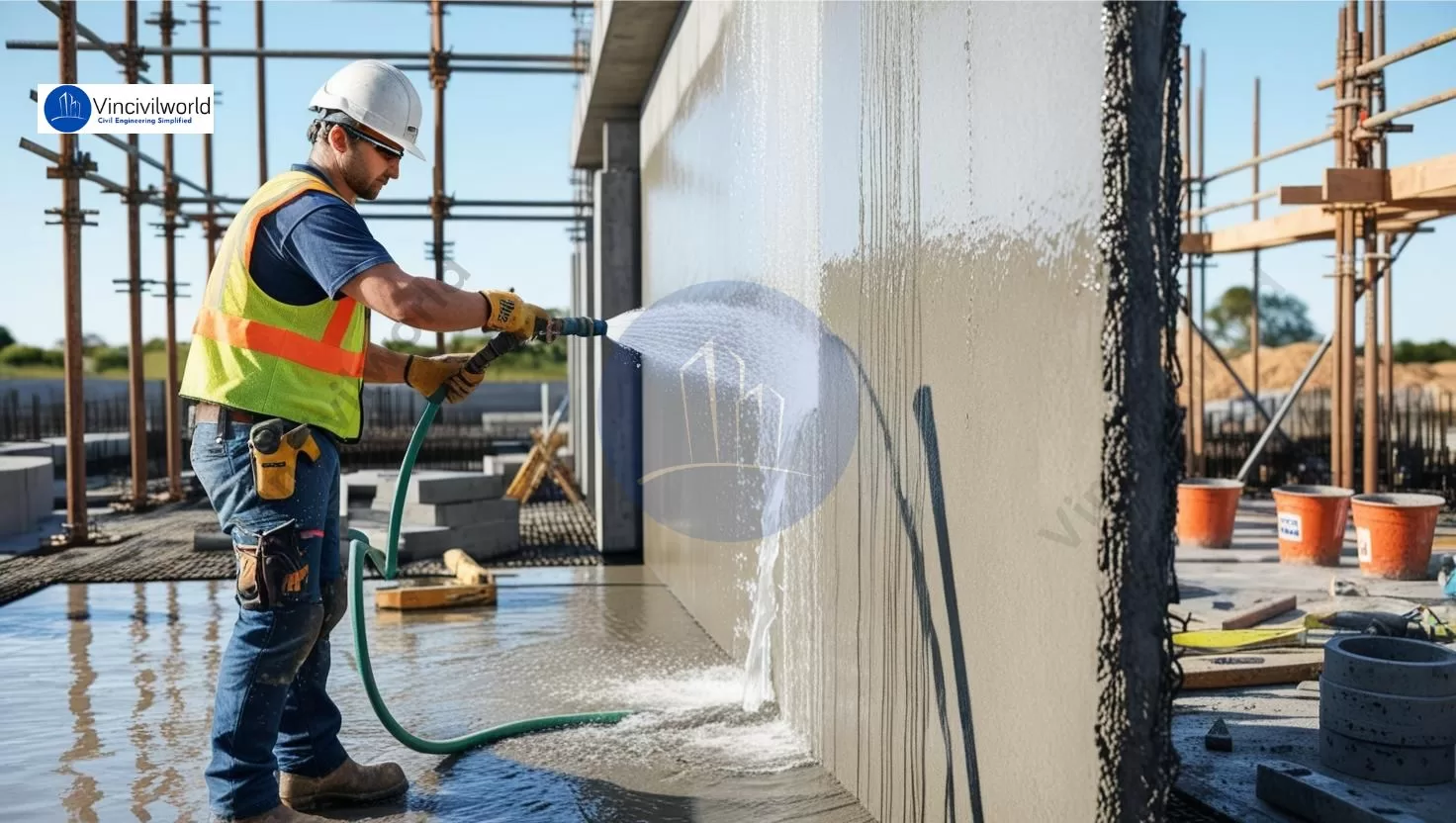Pervious concrete pavements (PCP) are the advancement of innovative materials that contribute to the construction of better structures. We will find out the basic and technical details, design considerations, factors affecting the performance and limitations of PCP in the blog.
Let’s start with the definition.
What is pervious concrete?
Pervious concrete is a special form of concrete with a high porosity used for concrete flatwork applications that allow direct passage of precipitation water and other sources, thereby reducing the runoff from a site and allowing groundwater recharge
Other details are,
- It is also referred to as porous concrete, permeable concrete, no fines of concrete and porous pavement)
- cement, coarse aggregate (size should be 9.5 mm to 12.5 mm) and water with little to no fine aggregates are permeable concrete.
- The strength would be enhanced by the addition of a small amount of sand. With a void content of 15 to 25 per cent, the mixture has a water-to-cement ratio of 0.28 to 040
- It is important to provide the right amount of water in the concrete.
- The strength of the concrete would be improved by low water to cement ratio, but too little water can cause surface failure.
- A proper water content provides a wet-metallic look to the mixture.
- The mixture should be field-tested since this concrete is sensitive to water content.
- A Rapid Air device will test entrained air, where the concrete is painted black and parts are examined under a microscope.
In the next section, we will discuss the siting and design considerations.
Siting and design considerations
First let’s discuss the siting considerations.
Siting considerations
- Pervious concrete pavement has the same siting factors as other practices of infiltration. The site needs to fulfil the following requirements:
- The reservoir should have adequate depth to handle stormwater storage for the construction storm event if existing concrete pavement systems are built with a stone reservoir.
- Application options include the construction of wells or drainage channels for below surface disposal of stormwater through the subgrade and/or underground storage chambers.
- If used to handle off-site runoff, pervious concrete pavement can include pretreatment, as with other structural maintenance activities.
- At least 3 feet (1 m) above the seasonally high groundwater level, and at least 100 ft (30 m) away from drinking water sources, permeable concrete pavement should be located.
Coming on to the design considerations,
Design considerations
- All pervious concrete pavement projects should be combined with some simple functionality.
- It is possible to classify these design features into five categories: pretreatment, treatment, transport, reduction of maintenance, and landscaping.
- Pretreatment For the stone reservoir below the previous concrete pavement serves as pretreatment.
- Since the surface serves this purpose, a significant factor in optimal performance is frequent maintenance of the surface.
- Treatment- To attenuate water flows from the construction storm case, the stone reservoir should be sized directly underneath the pavement surface.
- Pervious concrete pavement is usually sized to treat a minor event such as a water quality storm (i.e. the storm to be treated for the elimination of pollutants) that can range from 0.5 in to 1.5 in.
- Water can be collected in the void spaces of the stone reservoir, as with infiltration trenches.
Time to look at the socio economical relevance.
Socio economic relevance of pervious concrete
- Effective Storm water Management (No need huge drainage works)
- Reduce accidents by preventing skidding
- Reduce noise pollution
- Recharge of underground water sources
- Limits the entry of pollutants to ground water
- Reduce heat island effect
- Can be used in low volume pavements, sidewalks, parking lots, tennis court, residential road ways etc.,
I will show you the factors affecting the performance of pervious concrete next,
Factors affecting pervious concrete
The figure given below shows the factors affecting pervious concrete.

A figure is the best explain anything, right? Let’s stick onto them in the next section as well.
Methodology
The methodology consisting of 9 steps are given below.


Last, but not the least, let’s discuss the limitations.
Limitations
The main limitations are,
- Maintenance considerations-
- The required maintenance schedule must be followed for a pervious concrete pavement to function as planned.
- In addition to owners not being aware of the existence of pervious concrete pavement on a property, the primary explanation for premature prior concrete pavement failures is the negligence of necessary maintenance activities and schedules.
2. Effectiveness
- To greatly reduce the volume of runoff, to provide groundwater recharge and to reduce pollutants in stormwater runoff, perennial concrete pavement can be used.
- Research shows that current concrete pavement structures support up to 80% of the annual rainfall to recharge groundwater.
Hope you find the article insightful. Let me know your thoughts in the comments.


One thought on “Pervious Concrete- All Factors Affecting, Limitations and Methodology Explained”
Comments are closed.